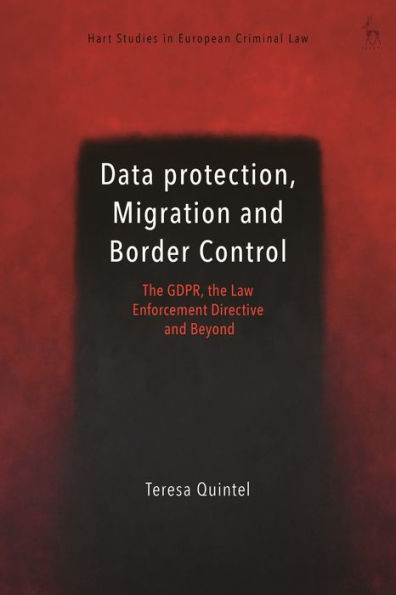5
1

Data protection, Migration and Border Control: The GDPR, the Law Enforcement Directive and Beyond
288
Data protection, Migration and Border Control: The GDPR, the Law Enforcement Directive and Beyond
288
57.95
In Stock

Product Details
| ISBN-13: | 9781509959679 |
|---|---|
| Publisher: | Bloomsbury Academic |
| Publication date: | 05/30/2024 |
| Series: | Hart Studies in European Criminal Law |
| Pages: | 288 |
| Product dimensions: | 6.14(w) x 9.21(h) x 0.60(d) |
About the Author
From the B&N Reads Blog
